Dr. Ege discusses her life, her work, and her wonderful new album which reintroduces audiences to the works of women whose artistic genius and beauty has suffered undue neglect for too long.
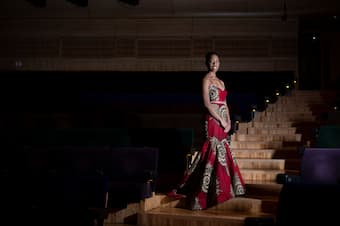
Samantha Ege
Dr. Samantha Ege is a pianist, scholar, and educator who works as one of the leading musicians representing the works of the underrepresented musicians. Ege holds a Ph.D. in Musicology from the University of York; she is currently the Lord Crewe Junior Research Fellow in Music at Lincoln College, University of Oxford. It was through my own work with the music of Margaret Bonds that I became aware of Dr. Ege’s scholarship. I was thrilled when we finally connected in person this April and had a chance to talk after her incredible performance in Kansas City.
Samantha Ege Performs Florence Price’s Sketches in Sepia (1947)
Can you tell us a little bit about yourself? When did you start playing the piano and what interested you in musicology?
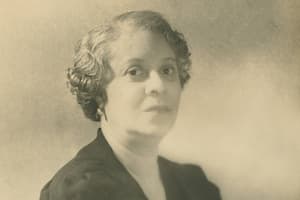
Florence Price
I’m a musicologist and pianist at the University of Oxford. I was born in the UK, and I share Nigerian and Jamaican ancestry. I started playing the piano when I was about three years old. I don’t remember a time when music wasn’t in my life. I continued to study music through school and then university. But there weren’t many people who looked like me in the classroom or the curriculum. When I first learned about musicology at university, I loved the idea that I could explore the history of our world through musical sound. But it wasn’t until I learned about Black women composers, like Florence Price and Margaret Bonds, that I realized I could tell a history of people who looked like me and who had similar interests to me as classical musicians themselves.
Samantha Ege Performs Florence Price’s Fantasie Negre
I admire what you are doing. How did you find out about Florence Price and her music? Are there any events and elements in her life and music that inspire you?

Daniel Grimwood
I learned about Florence Price when I was studying abroad as an exchange student at McGill University, Canada. The first piece I heard was her Fantasie Nègre in E minor. E minor is such a rich key, it reminds of autumn colours: browns, golds, deep reds. So, I felt that warmth immediately in her music. I loved the virtuosic flourishes in the opening bars and the way she gradually brought a spiritual melody to the fore. The spiritual she’s referencing is “Sinner, Please Don’t Let This Harvest Past.” I didn’t know that at the time, but I was so moved by how she honoured the poignant folksongs of the enslaved. For the first time, I heard a type of classical music that truly paid tribute to the painful and poignant history of African descended people in the United States. Her music made me not want to hide any part of who I am. That was when I began to see a future for myself as a classical musician of African descent.
Samantha Ege Performs Margaret Bonds’ “The Bells” from Spiritual Suite
How do you transition from the musicology world to the performing world? Do you feel there is an invisible line between musicology and performance?
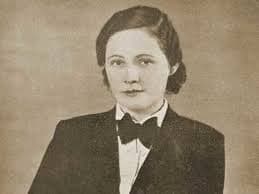
Vítězslava Kaprálová
Piano performance was always a part of my studies, so it was never something that was going to leave me. But I didn’t find my voice as a classical pianist until I started focusing on music by women. As my PhD on Florence Price unfolded, I started playing her music as a way to dive deeper into her creative mind. I loved dreaming up programs of her music alongside Margaret Bonds (Price’s mentee) and other women from Price’s era, like the Czech composer Vítězslava Kaprálová. Once I let go of what I thought I was “supposed” to play, I felt so liberated as a pianist. My programs could reflect my research, my interests, my personality and more! For me, musicology helps me articulate these hidden histories and performance helps me bring them to life. They inform one another in my practice. They are always in conversation in my work.
Samantha Ege Performs Vitezslava Kapralova’s Dubnová Preludia (April Prelude) No. 2
What are your goals? Do you want to discover and perform works only by female composers?

Bongani Ndodana-Breen
I’m going to paraphrase something from a conversation with one of my favourite pianists, Daniel Grimwood: my goals are to “chase the butterflies.” The spiritual-inspired fantasies of Florence Price brought me here. The South African chamber works of Bongani Ndodana-Breen have unveiled new areas of interest for me as a musicologist and will take me somewhere else. The Concerto for Piano and Strings by Doreen Carwithen, which I stumbled across a few years ago, is now pushing me to new areas of expressivity as a pianist. There is no fixed path for a musicologist-pianist like me, and that is a beautiful thing.
Samantha Ege Performs Nora Holt’s Negro Dance
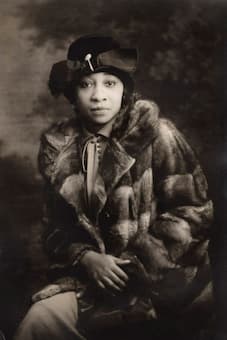
Nora Holt
How would you describe the discovery process of these lesser-known composers and their works? (I have never heard of Nora Holt until listening to your performance of one of her pieces and I want to thank you!)
I love piecing together the threads of who these composers were. Whenever I write, I feel as though I am adding a piece to history’s rich tapestry and interweaving my work with others who were doing this work before me, such as the late Price scholar Rae Linda Brown and trailblazing Black music historian Eileen Southern. But as I said earlier, performance is where this history comes to life. There is something so magical about hearing the musical voices of these composers and knowing that you get to bring that magic to an audience of music lovers.
What is your next project?
 My new album is out, it is called Black Renaissance Woman: Piano Music by Florence Price, Margaret Bonds, Nora Holt, Betty Jackson King, and Helen Hagan. It ties in with a book I’m writing about these women and the Black Renaissance era, which unfolded in the first half of the twentieth century. So, my next project is finishing this book! It’s called South Side Impresarios: Race Women in the Realm of Music and will be published with the University of Illinois Press.
My new album is out, it is called Black Renaissance Woman: Piano Music by Florence Price, Margaret Bonds, Nora Holt, Betty Jackson King, and Helen Hagan. It ties in with a book I’m writing about these women and the Black Renaissance era, which unfolded in the first half of the twentieth century. So, my next project is finishing this book! It’s called South Side Impresarios: Race Women in the Realm of Music and will be published with the University of Illinois Press.
I am looking forward to reading Dr. Samantha Ege’s book soon! Meanwhile, please visit https://www.samanthaege.com to learn more about her, her publications, and her album information.
For more of the best in classical music, sign up to our E-Newsletter

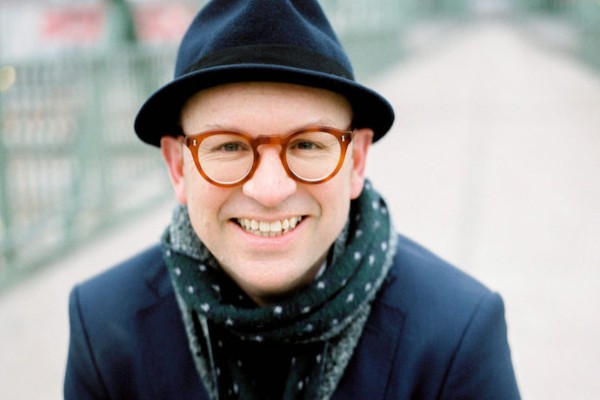
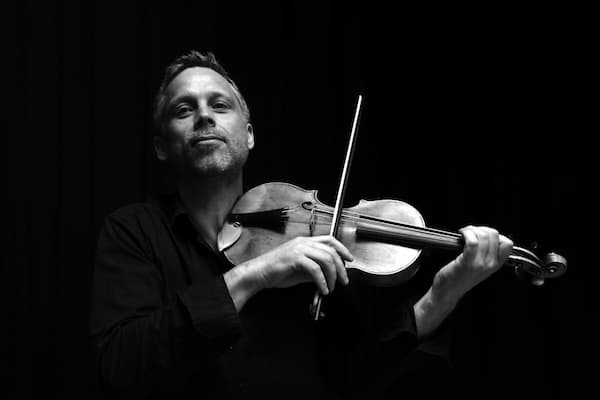
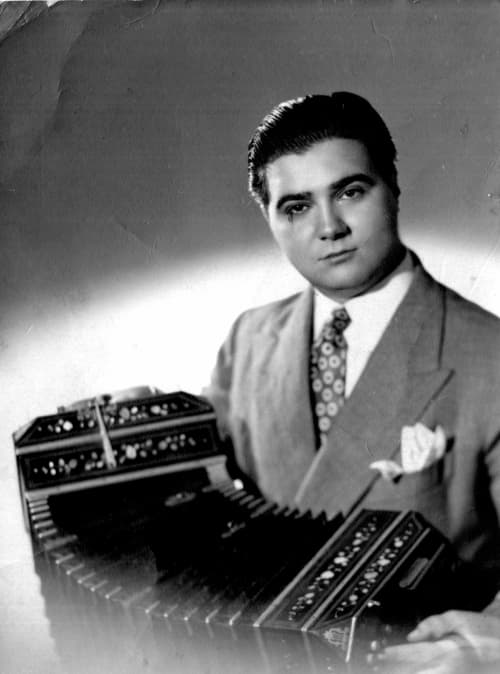
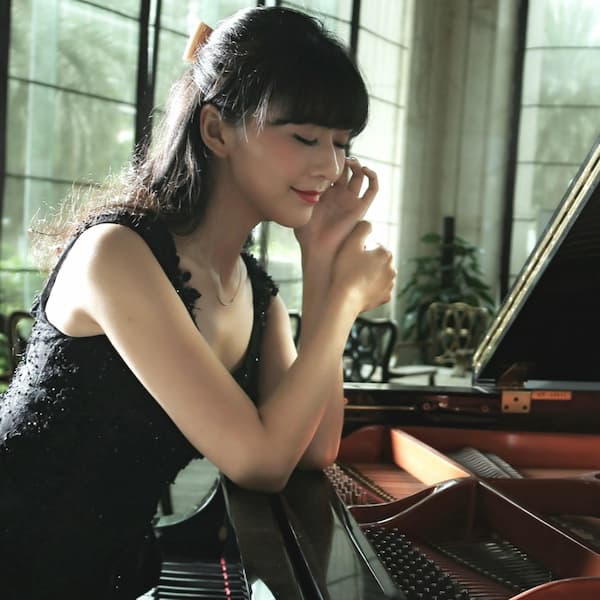
Beautiful woman and artist. You can only support the rediscovery of forgotten artists and composers, with the devotion placed on women for some years. No big broo haha for being such, just ART and (HI)STORY.